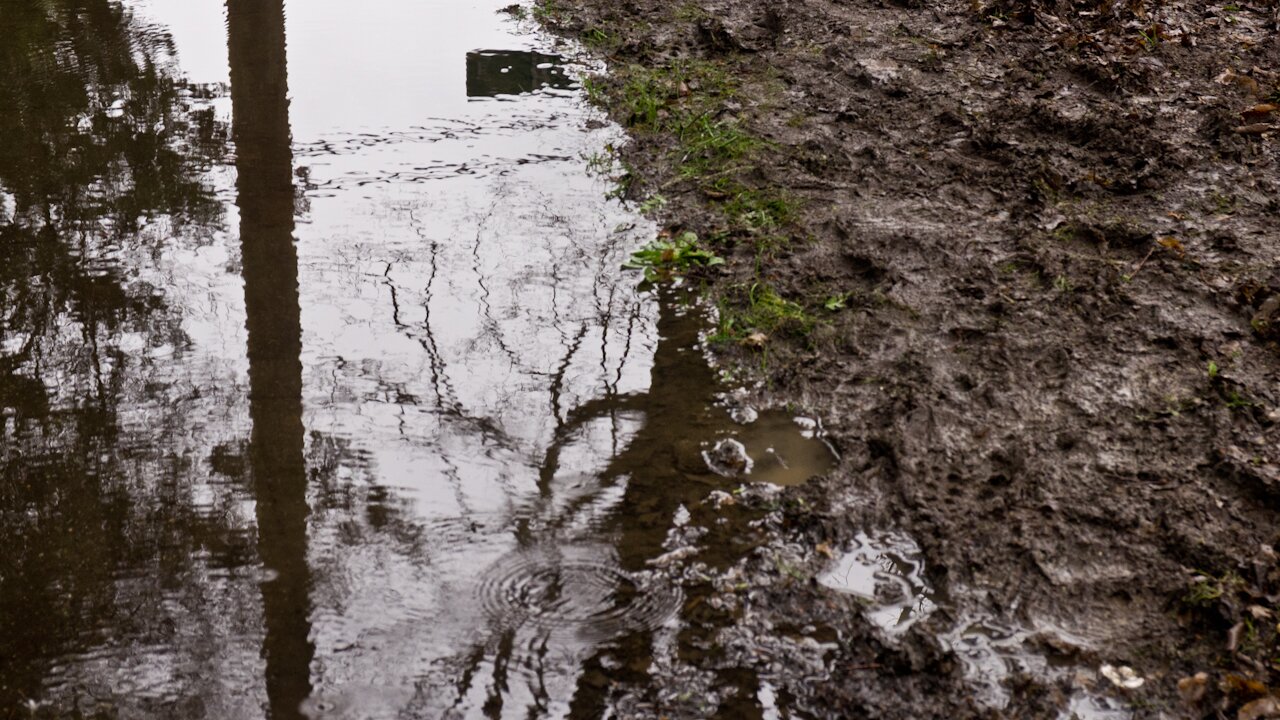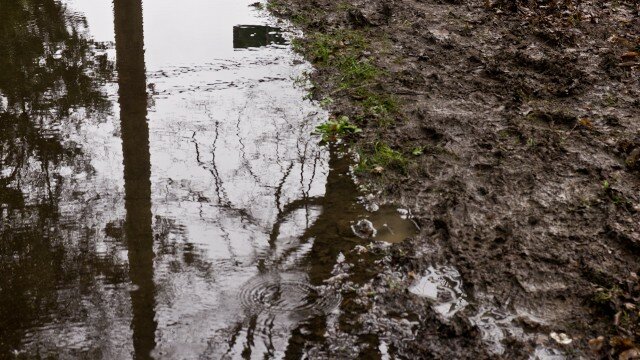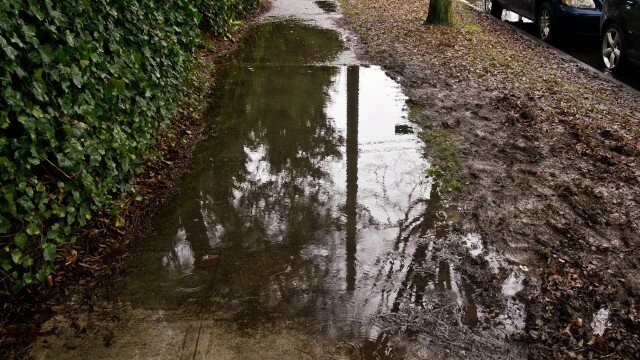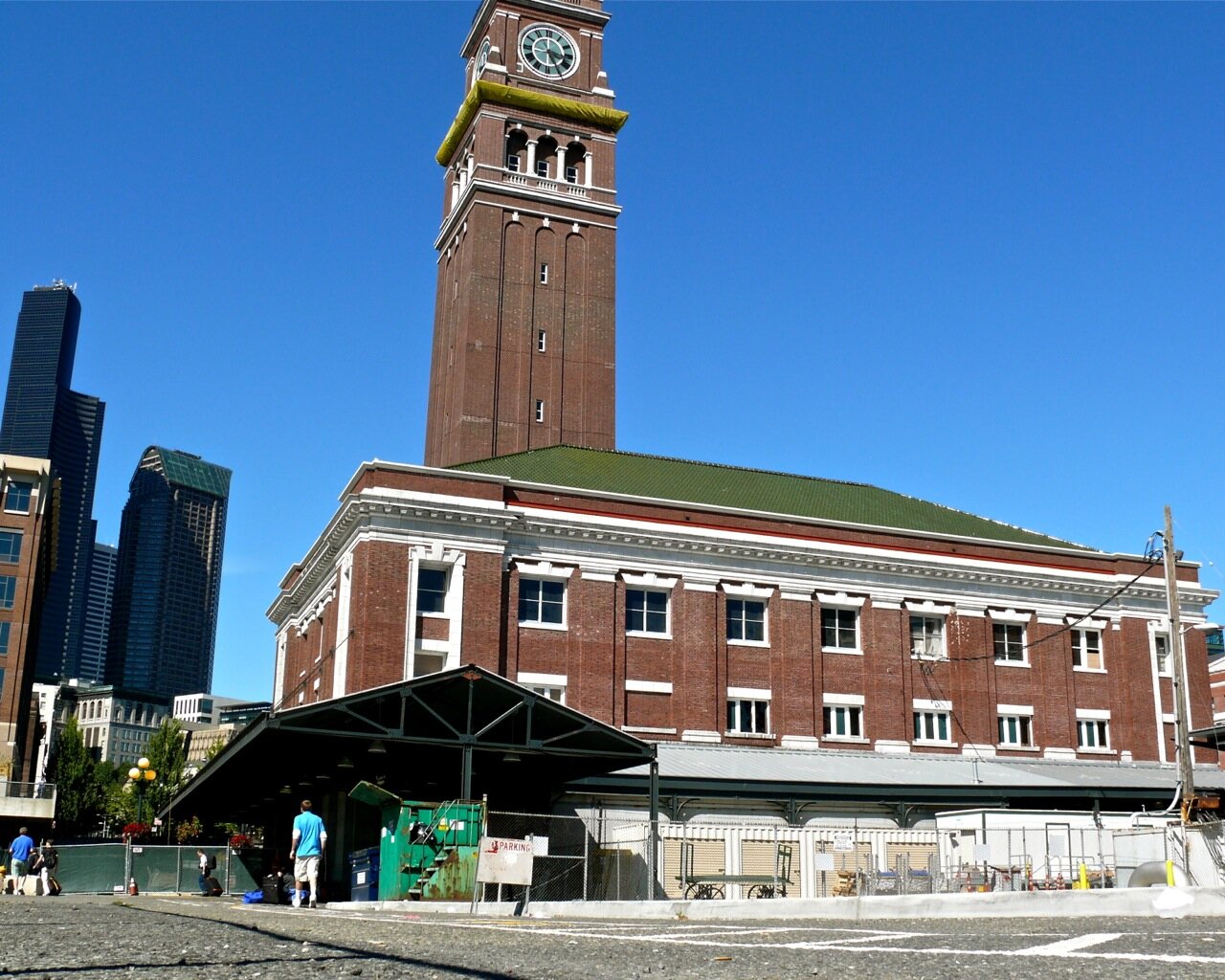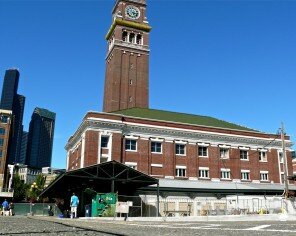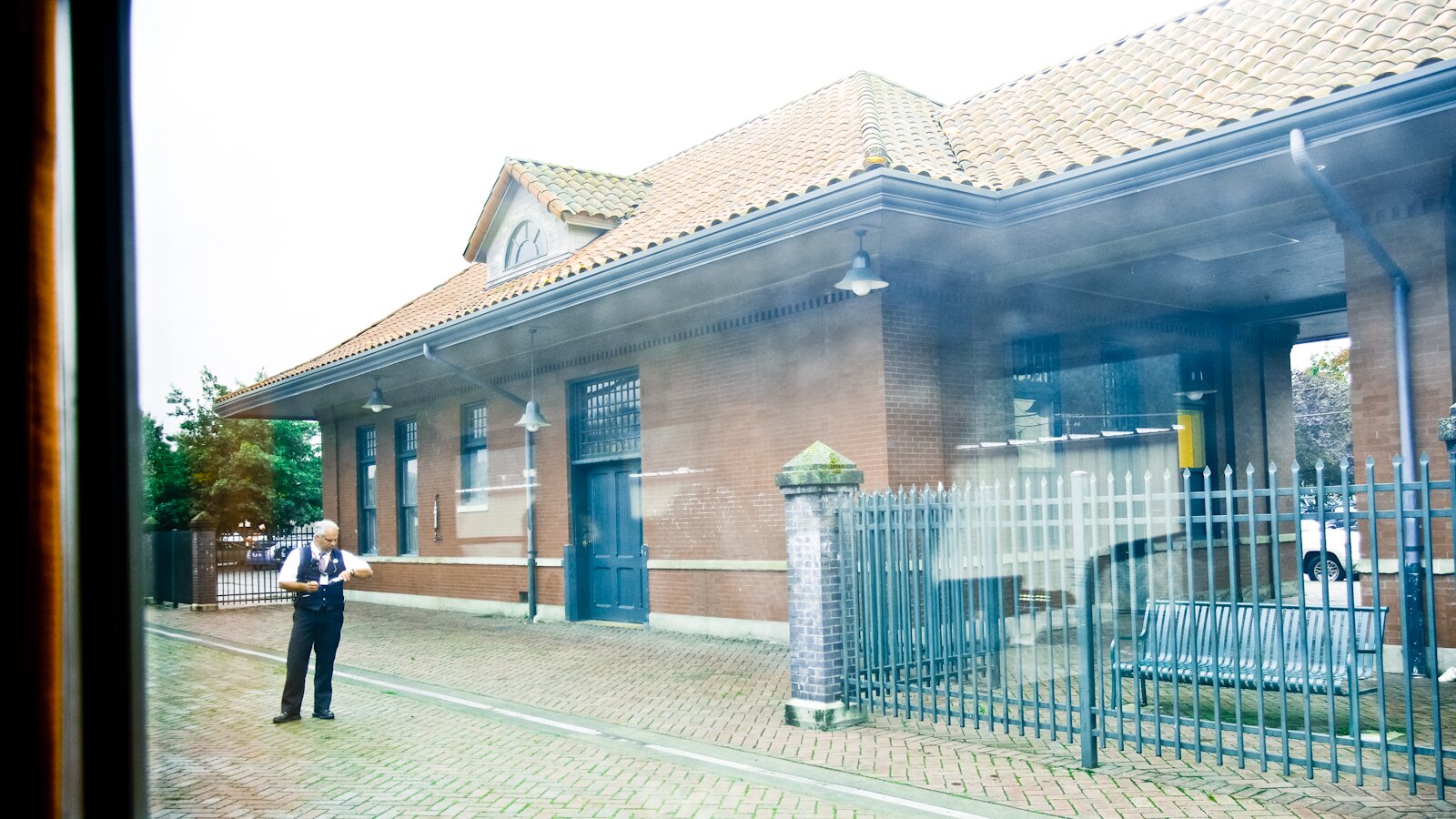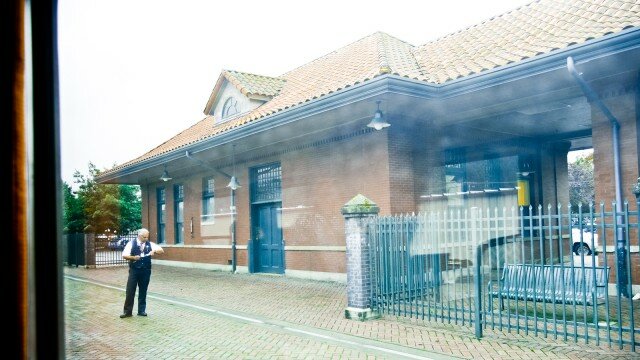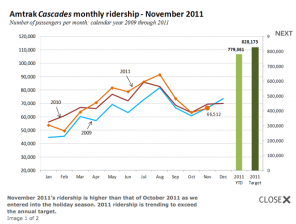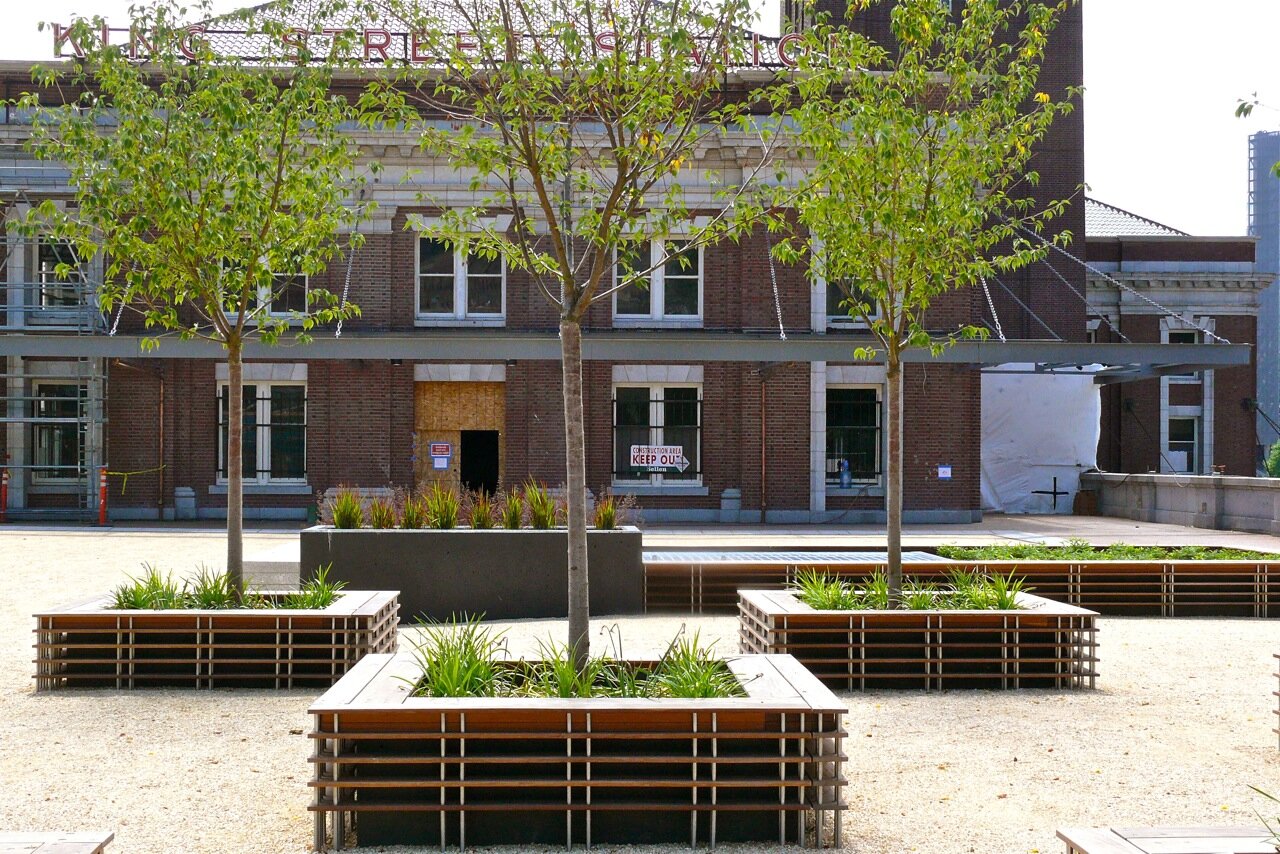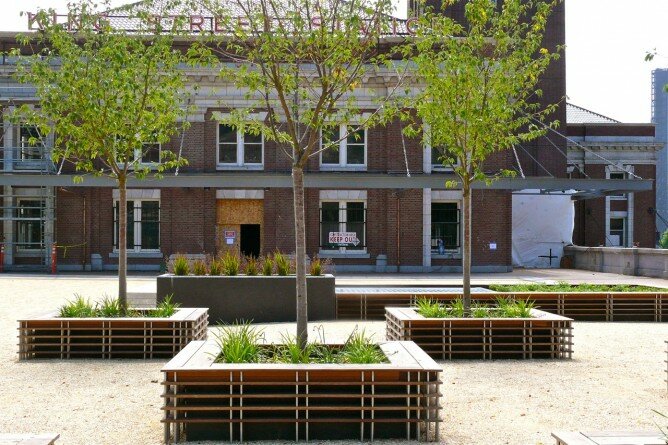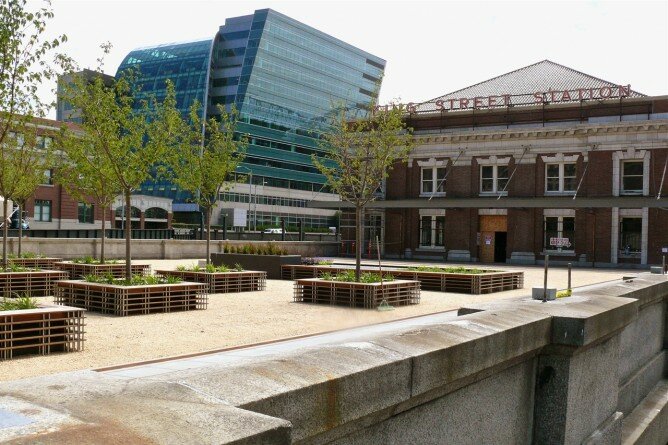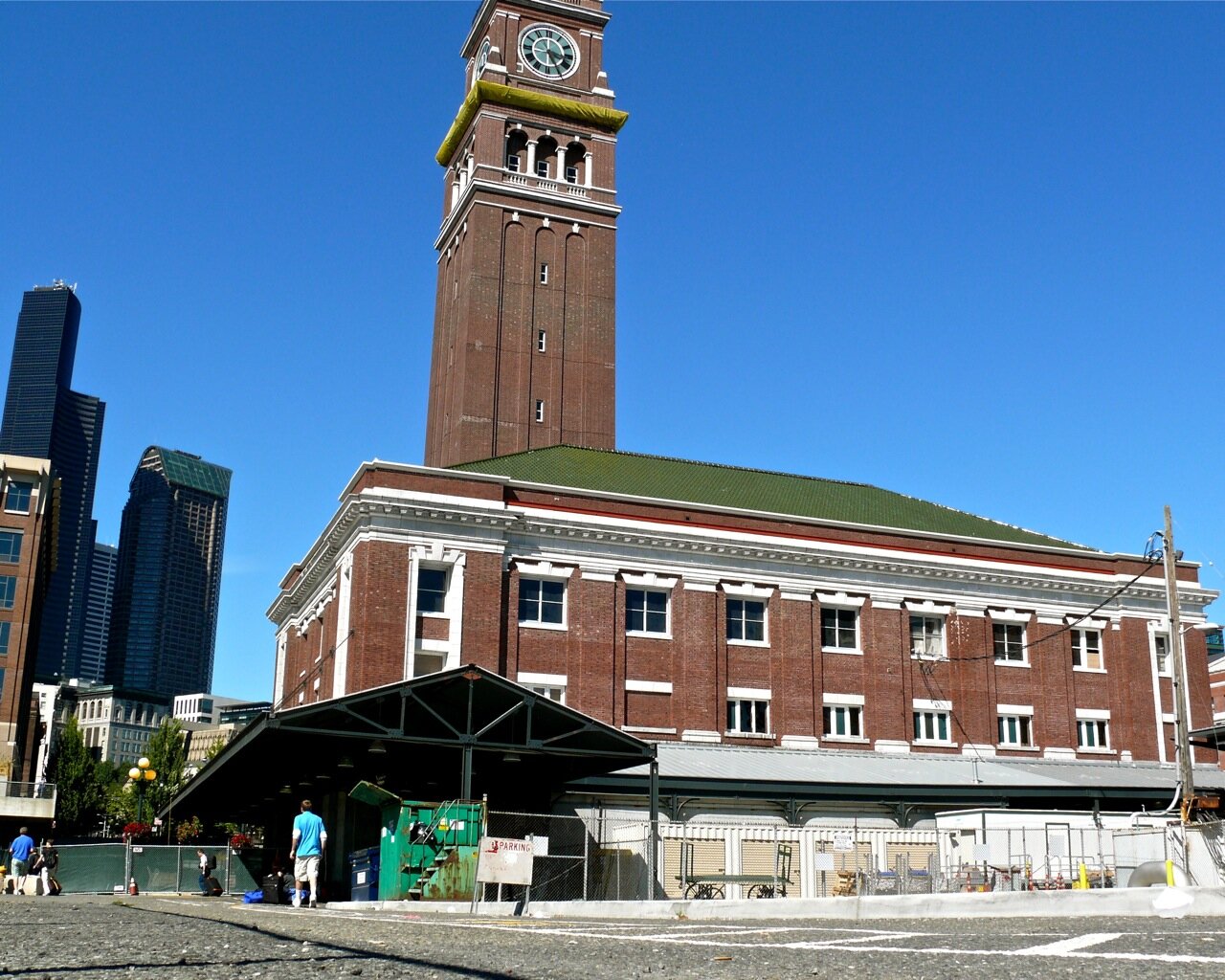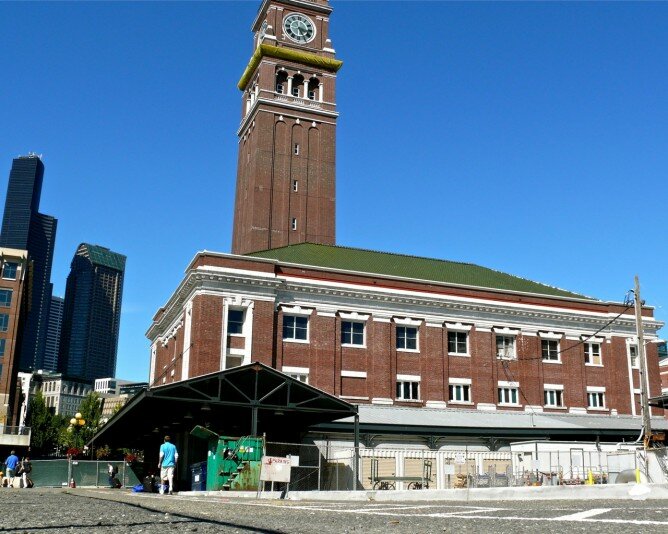“Around here there is typically a 10 to 1 ratio of snow versus precipitation in the form of liquid water,” says University of Washington meteorologist Cliff Mass, which explains why, when Seattle sidewalks are becoming impassable floodplains, Snoqualmie and Stevens passes are reporting over three feet of snowfall over the past three days. Crystal Mountain saw 46 inches. But wait, there’s more. Much more.
We’ll let the folks at Mount Baker tell you in their own words:
With this continuous parade of storms, we have received an amazing 110 INCHES OF SNOWFALL in the JUST THE PAST 6 DAYS. March snowfall this month has already surpassed the amount of snowfall we received in the entire MONTH of March back in our World Record year of 98-99 so this has been quite a month so far!
Still, there’s such a thing as too much snow, even for a ski resort. Yesterday, WSDOT had to close Mt. Baker Highway; under the weight of the snow, sixteen trees were felled since Wednesday, at least four across the highway, says the Bellingham Herald.
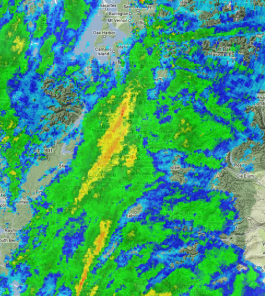
And, wait for it, another storm is pushing in, carrying another foot or so of snow with it. Down here in the lowlands, UW’s Probcast gives a ten percent chance of six-tenths of an inch of rain. Seattlepi.com, looking ahead, says don’t bother putting away your galoshes this weekend, next week a hard rain is gonna fall, too. We turn now to the National Weather Service and their all-caps-hamster forecast:
A COOL UPPER TROUGH SWINGING ACROSS THE AREA ON SUNDAY WILL GIVE SHOWERS WITH SNOW LEVELS AROUND 1000 FEET. SNOW LEVELS WILL RISE SOMEWHAT LATER MON INTO TUE AS YET ANOTHER WET FRONTAL SYSTEM APPROACHES THE AREA FROM THE WEST. ANOTHER DEEP TROUGH IS IN STORE FOR LATER NEXT WEEK KEEPING WEATHER ACTIVE.
Stay dry with the help of this radar collage from UW Atmospheric Sciences, which gives a statewide view of what the different radar installations are picking up. You can find statewide travel alerts here, from avalanche control closures to the mudslides that are assuredly going to increase in number as the rain continues. Follow Amtrak Cascades on Twitter for the latest on mudslide closures affecting Amtrak and Sounder trains.
